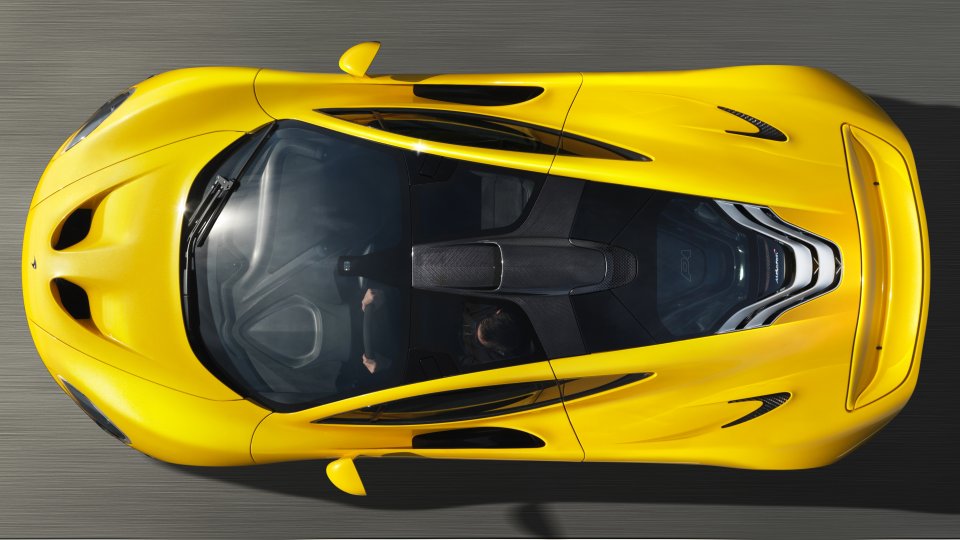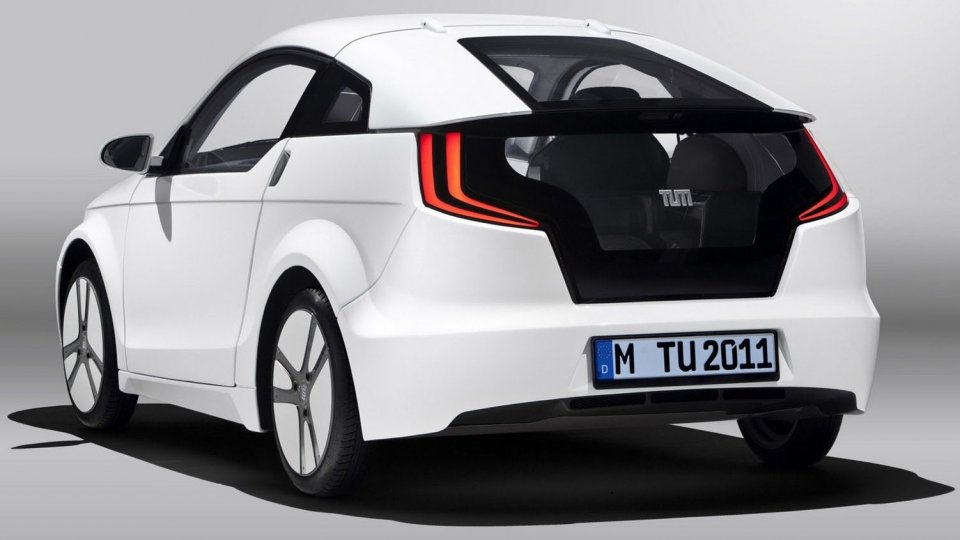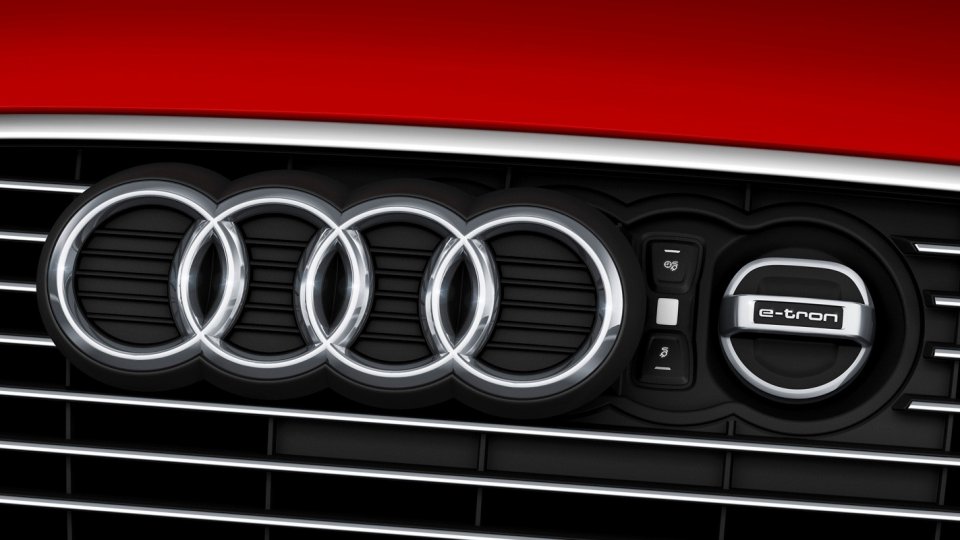Groundless energy
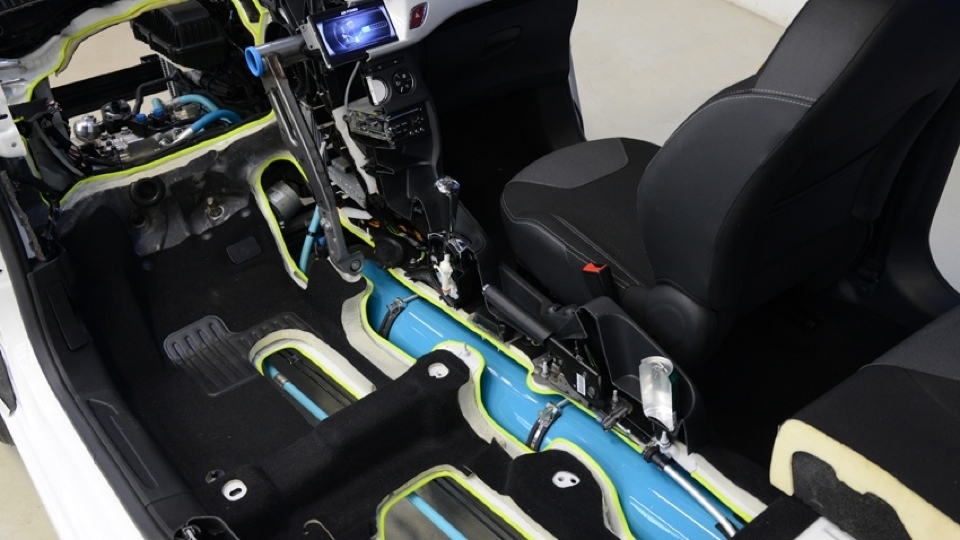 Peugeot and Citroen made an old, time tested technology working for a new job: their newest hybrid concept applies an air powered engine instead if the electric one.
Peugeot and Citroen made an old, time tested technology working for a new job: their newest hybrid concept applies an air powered engine instead if the electric one.
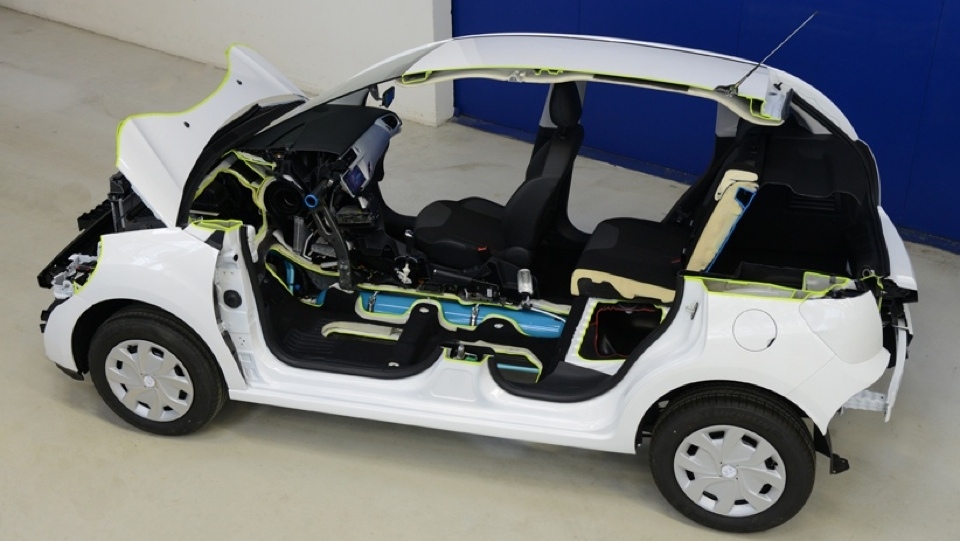
The power of the compressed air has been used by the industry for a long while, primarily the fittings of the machines are powered this way, but they can be operated safely in all kinds of cases in which the internal combustion or electric powered (because of the high – voltage components) engines wouldn't be safe.

Now this technology got into the focus of the interest of the french PSA Group – which gathers the brands of Peugeot and Citroen - on the one hand because of similar impulse, on the other hand directed by demands relating to the simplier and cheaper solutions. The prototype, but at least a demonstartional version was already prepared. In this one the cardan tunnel hides that high – pressure air tank which replaces the battery used in the classic hybrids: the air - engine connecting to with a clutch the crankshaft is powered by the energy of the compressed gas which is stored here. During the braking the process turns, just like in case of the electric hybrids, but in this case the slowing wheel doesn't drive the generator but an air – compressing compressor, refilling the already used air into the tank.

The system is easier and simplier to service: there is no need for the heavy batteries and cables which are very expensive because of their noble metal content and also the mechanics don't need to graduate on high – voltage courses just to be allowed to disrupt the housing of the system.
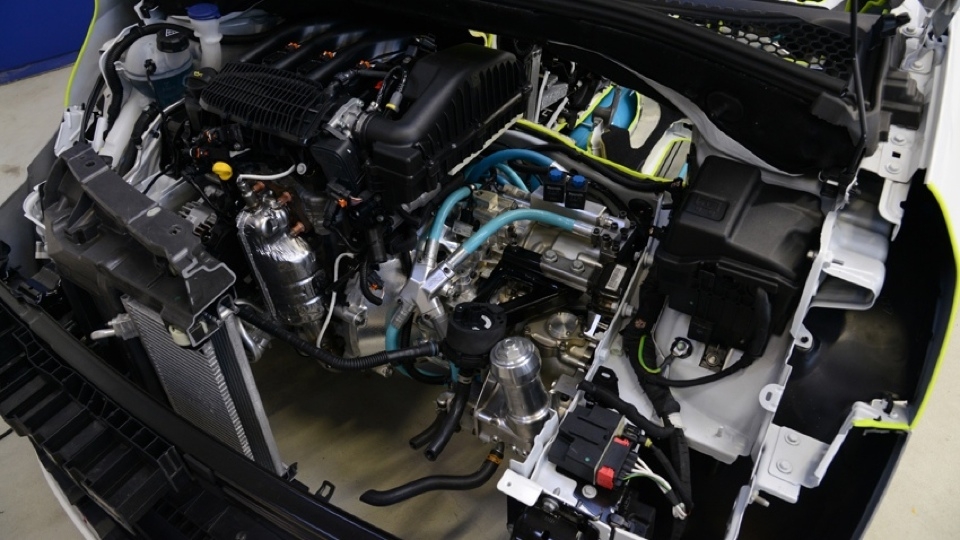
The Hybrid Air system developed in two years can be operated the same way as any other already known hybrids. In it's present configuration it fulfills the function of a full hybrid, namely the internal combustion engine (in our case a 3 cylinder petrol one, but it can be a diesel one as well) and the electric engine are able to drive the wheels both separately and together, but naturally the inline 4 cylinder resp. an all – wheel drive version is also feasible.
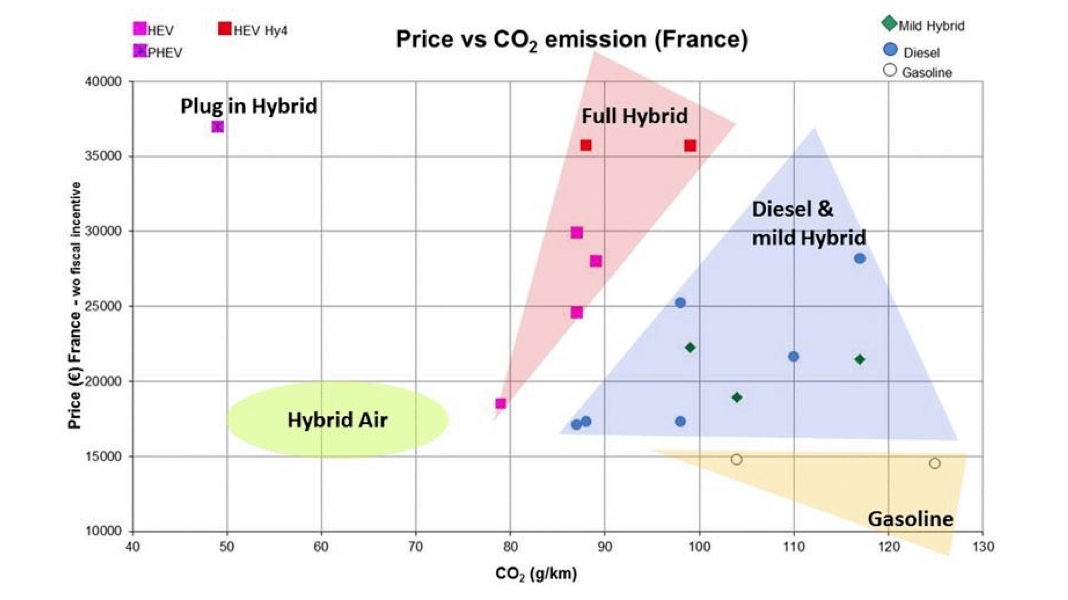
The efficiency of the system exceeds that of the electric hybrid one's, according to the planners: in the city where the car is able to do even up to 70 km/h as well just in clearly air powered mode, viz. in the 60 – 80 % of the range done here it can decrease the consumption and the emission of hazardous substances by at most with 45 % (it's a CO2 emission under 70 g/km).

Certainly the system isn't free of disadvantages. Namely the air tank (resp. the tanks, as under the boot there is a low – pressure tank also) has a serious need for space, probably it can't be built into a car economically. Though in utility vehicles there is enough space for this, moreover on the site it would be easier to establish the compressed air charging station (this would be– framing in our fantasy so far - the so called „plug – in hybrid air"), finally the fire service circumstances relate much more often to the utility than to the personal vehicles.
